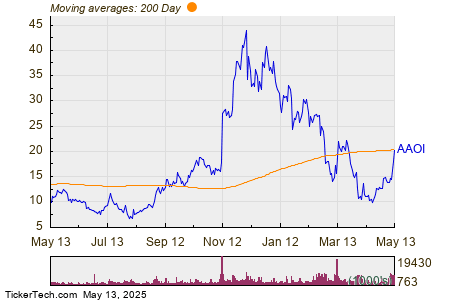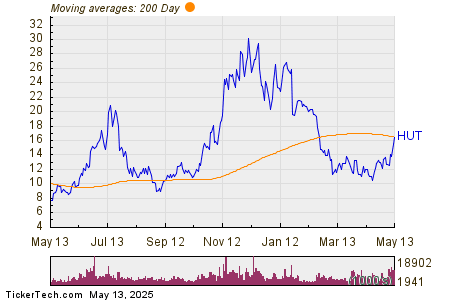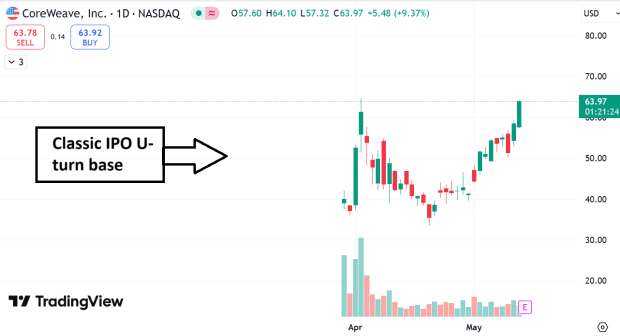Cocoa Prices Surge Amid Quality Concerns and Supply Issues
July ICE NY cocoa (CCN25) closed up +861 (+9.47%) on Tuesday, while July ICE London cocoa #7 (CAN25) rose by +421 (+6.33%). Cocoa prices experienced a robust rally, reaching 2-1/2 month highs driven by quality concerns regarding the current mid-crop being harvested in the Ivory Coast.
Quality Concerns Drive Cocoa Prices Higher
Processors are voicing complaints over the mid-crop’s quality, rejecting truckloads of Ivory Coast cocoa beans. Reports indicate that around 5% to 6% of the mid-crop cocoa in each truckload is deemed poor quality, a notable increase from just 1% encountered during the main crop.
According to Rabobank, the mid-crop’s quality issues are linked to late rain in the region, which has hindered crop development. This smaller harvest typically begins in April, with average estimates for this year’s production reaching 400,000 MT, representing a 9% decline from last year’s 440,000 MT.
Supply and Demand Dynamics
Supply concerns are further enhancing cocoa prices, particularly as the rate of cocoa exports from the Ivory Coast has slowed. Government data released Monday indicated that farmers shipped 1.56 million metric tons of cocoa from October 1 to May 11, reflecting an 11.4% year-over-year increase but lower than the 35% rise recorded in December.
On the contrary, a rebound in cocoa inventories poses a bearish sentiment. Ice-monitored cocoa stocks in U.S. ports rose from a 21-year low of 1,263,493 bags recorded on January 24 to a 7-1/2 month high of 2,118,628 bags as of Monday.
Market Reactions to Economic Factors
Consumer demand issues may also weigh on cocoa prices, especially amid concerns that tariffs will exacerbate already high cocoa costs. Notably, Barry Callebaut AG, a leading chocolate producer, reduced its annual sales guidance due to these high prices and related tariff uncertainties. Similarly, Hershey Co. reported a 14% decline in Q1 sales, anticipating tariff-related costs of $15-$20 million in Q2, which may impact chocolate pricing and consumer demand. Mondelez International also echoed this sentiment, reporting disappointing Q1 sales as consumers limit snack purchases due to economic pressures.
Global Cocoa Supply Overview
Recent reports from Bloomberg indicated that Nigerian cocoa exports in March rose by 24% year-over-year to 27,564 MT, as Nigeria remains the world’s fifth-largest cocoa producer.
Additionally, global cocoa demand showed some resilience. Q1 North American cocoa grindings experienced a smaller decline of 2.5% year-over-year, totaling 110,278 MT, surpassing expectations of a 5% drop. In Europe, grindings fell 3.7% to 353,522 MT, also better than anticipated. Similarly, Q1 Asian cocoa grindings decreased by 3.4% to 213,898 MT, which was less severe than feared.
Future Production Outlook
However, the International Cocoa Organization (ICCO) has projected a global cocoa surplus of 142,000 MT for the 2024/25 period, indicating the first surplus in four years. They also forecast that global production will increase by 7.8% year-over-year to 4.84 million metric tons.
On the other hand, reduced cocoa supplies from Ghana may lend support to prices. Ghana’s regulator, Cocobod, revised its 2024/25 harvest forecast downwards to 617,500 MT, a reduction of 5% from an earlier estimate of 650,000 MT.
The ICCO also noted that the 2023/24 global cocoa deficit stands at 441,000 MT, marking the largest deficit recorded in over 60 years. The organization reported a 13.1% year-over-year production decline to 4.380 million metric tons and stated that the global cocoa stocks to grindings ratio is at a 46-year low of 27.0%.
On the date of publication, Rich Asplund did not have positions, either directly or indirectly, in any of the securities mentioned in this article. All information and data in this article are for informational purposes only. For more details, please view the Barchart Disclosure Policy here.
The views and opinions expressed herein are those of the author and do not necessarily reflect those of Nasdaq, Inc.



